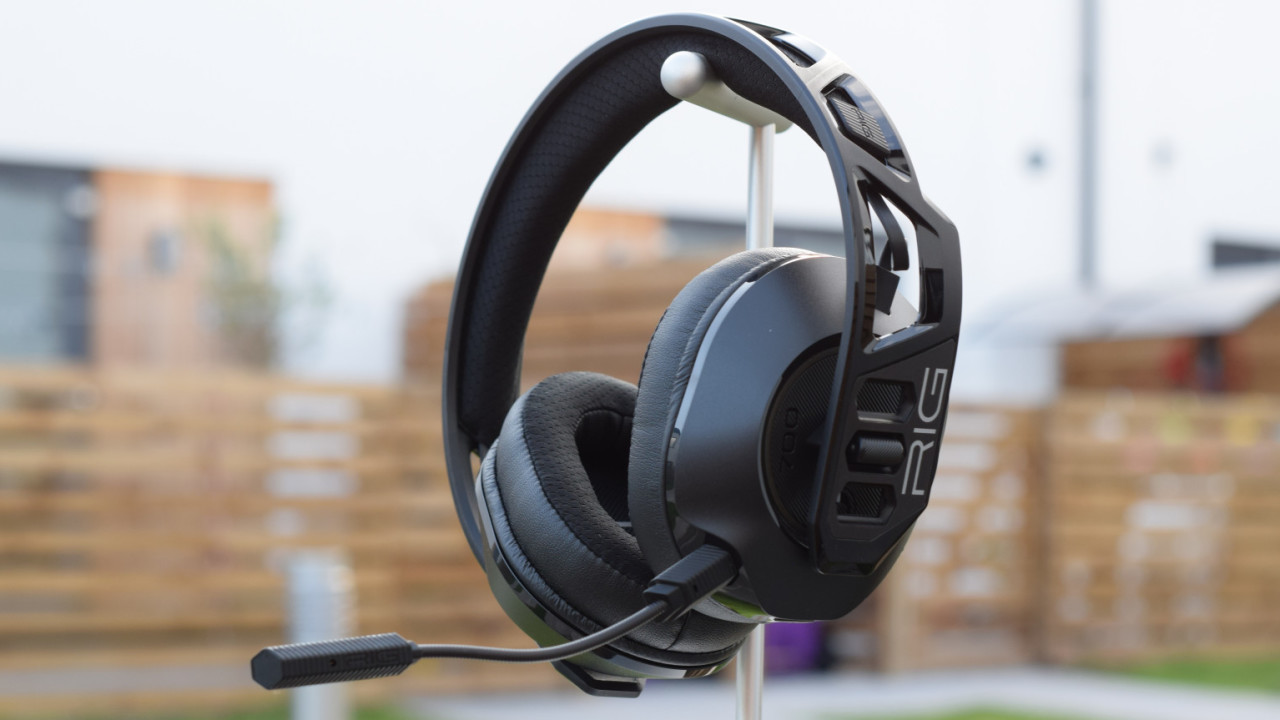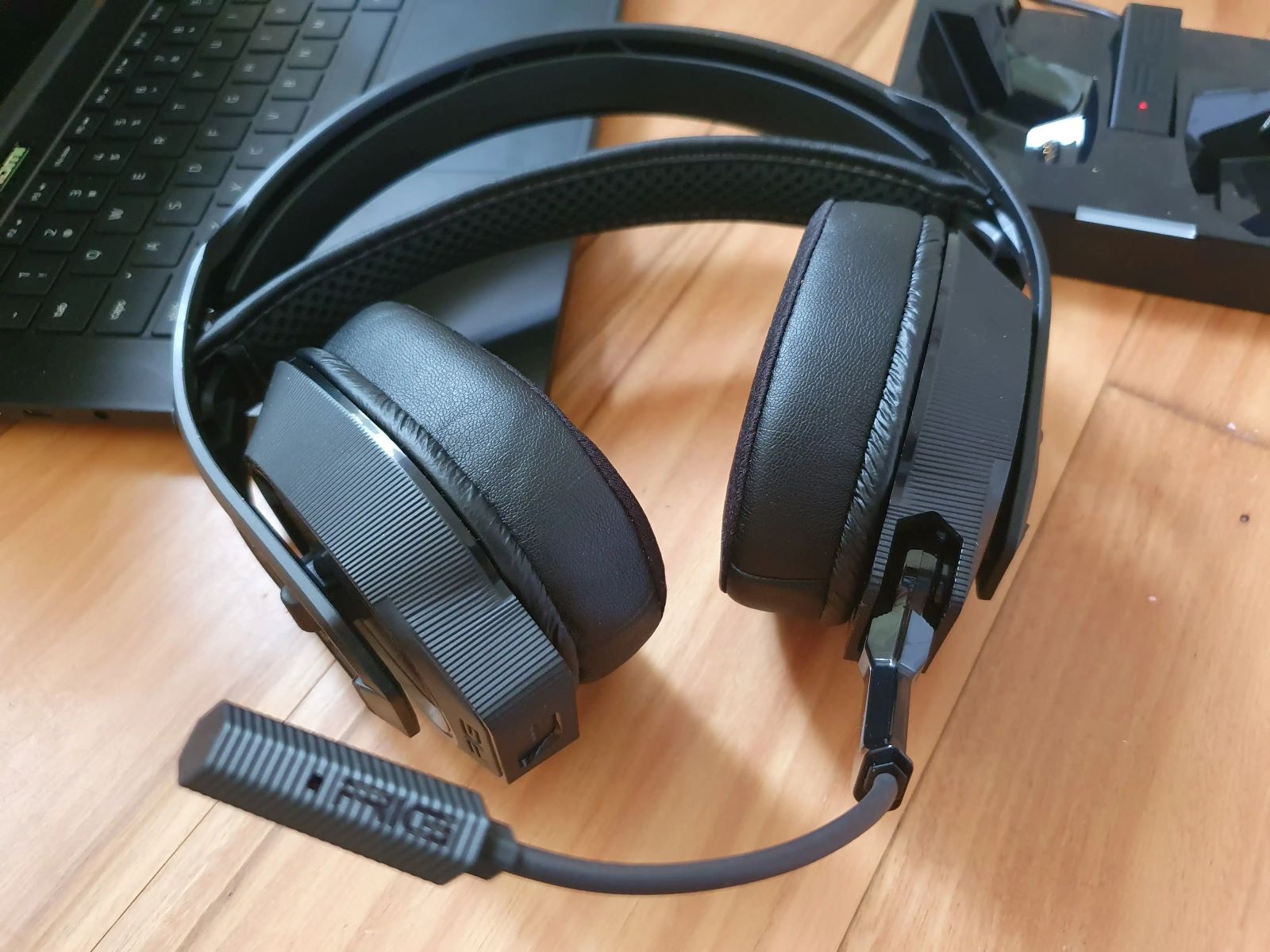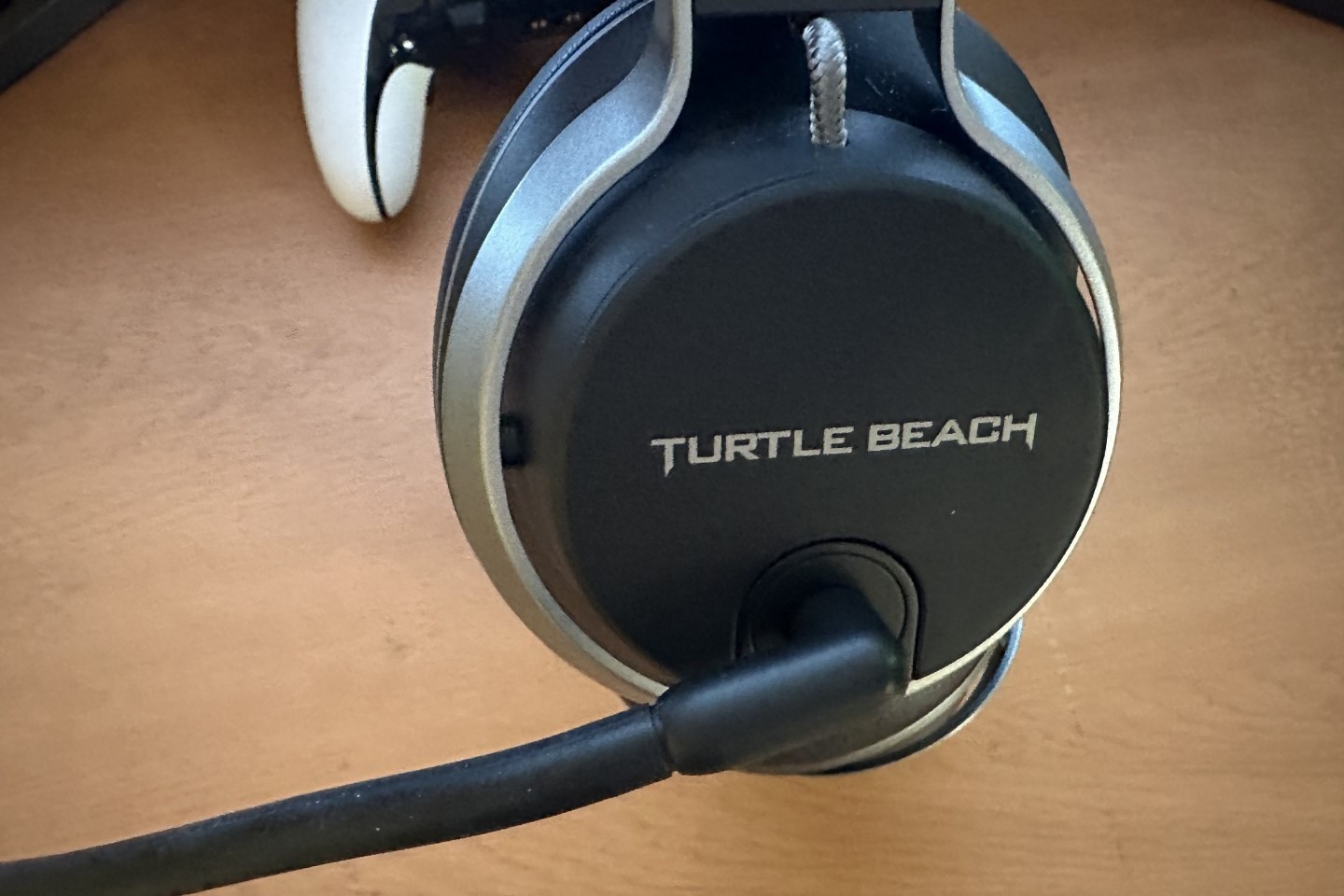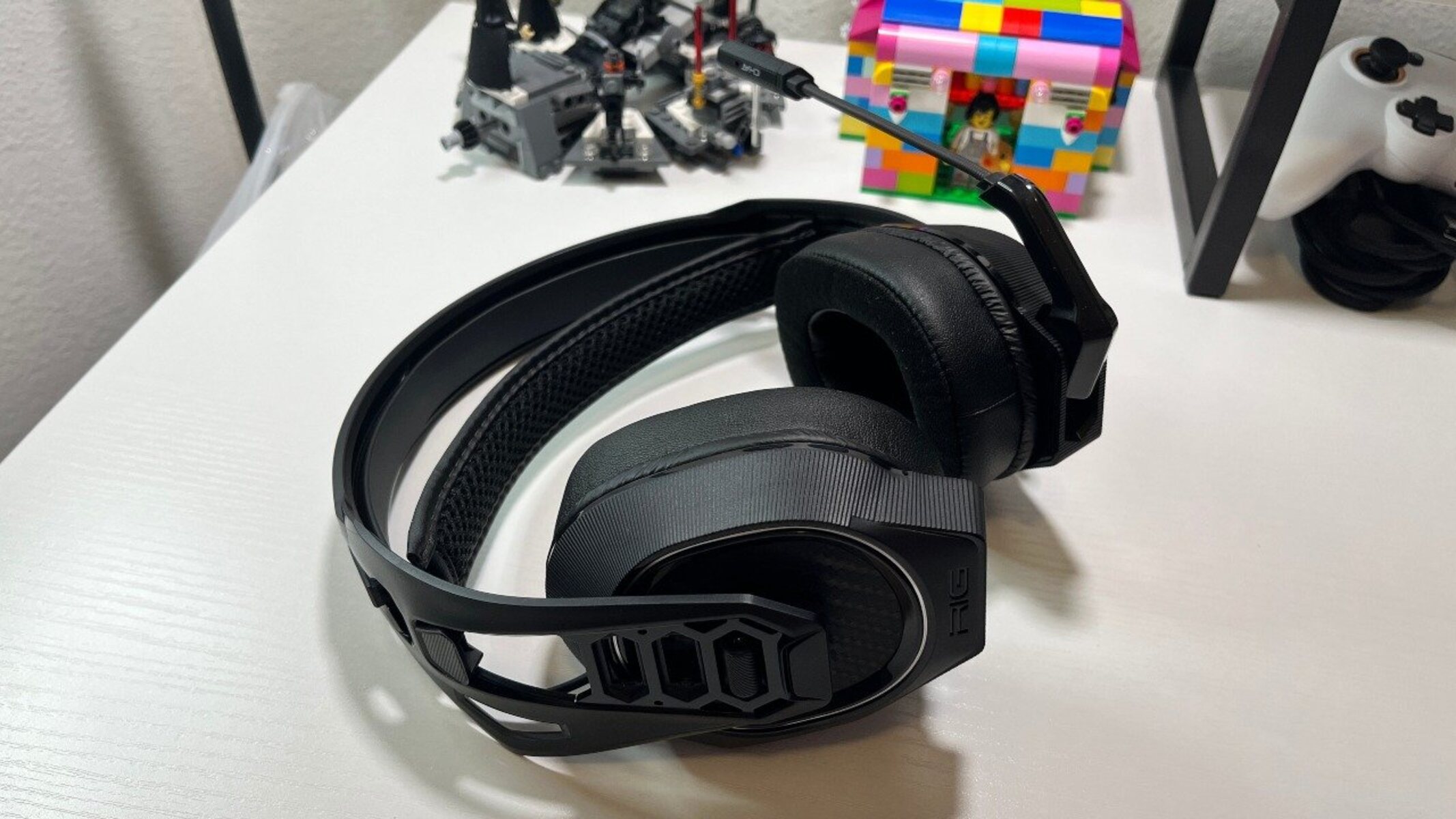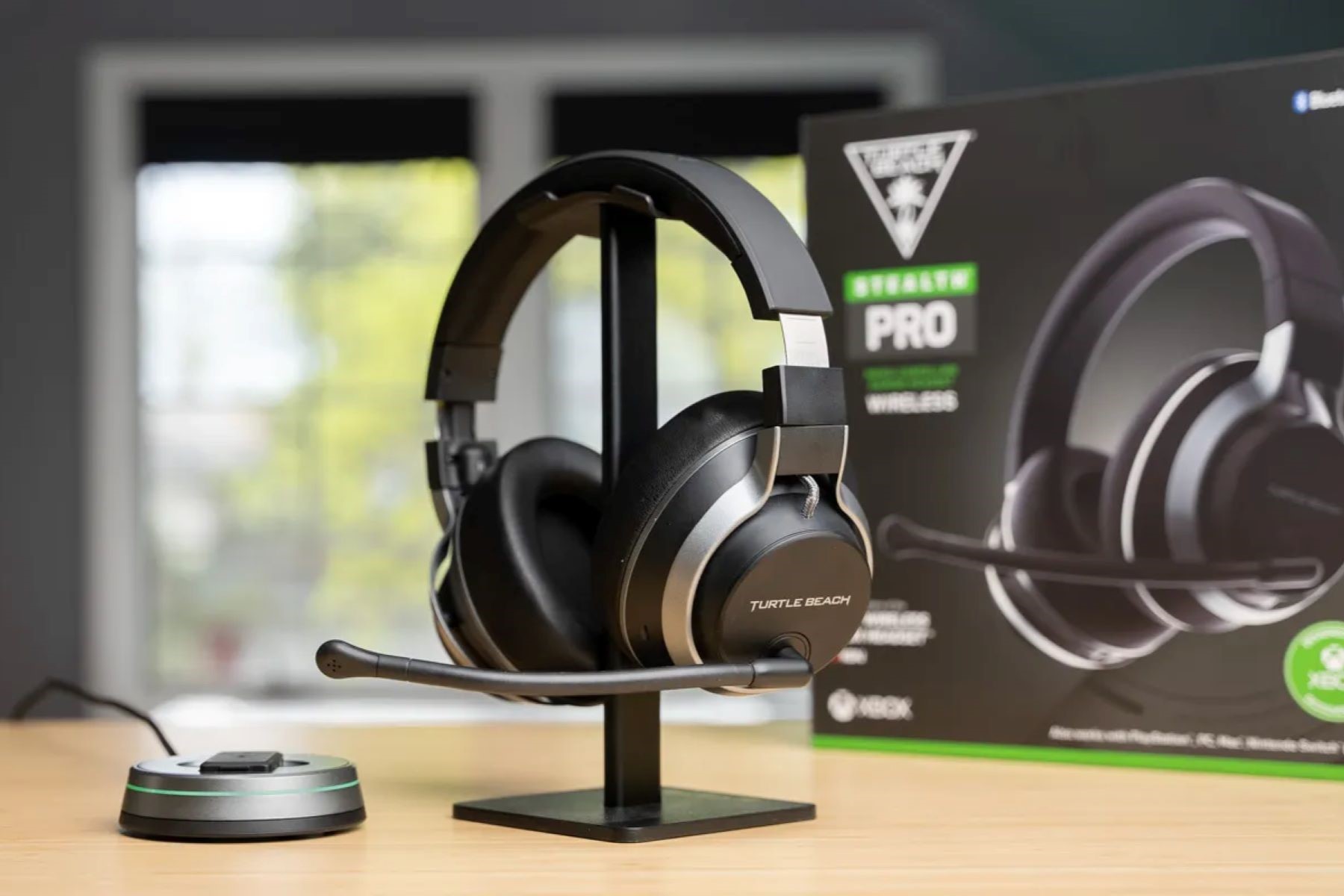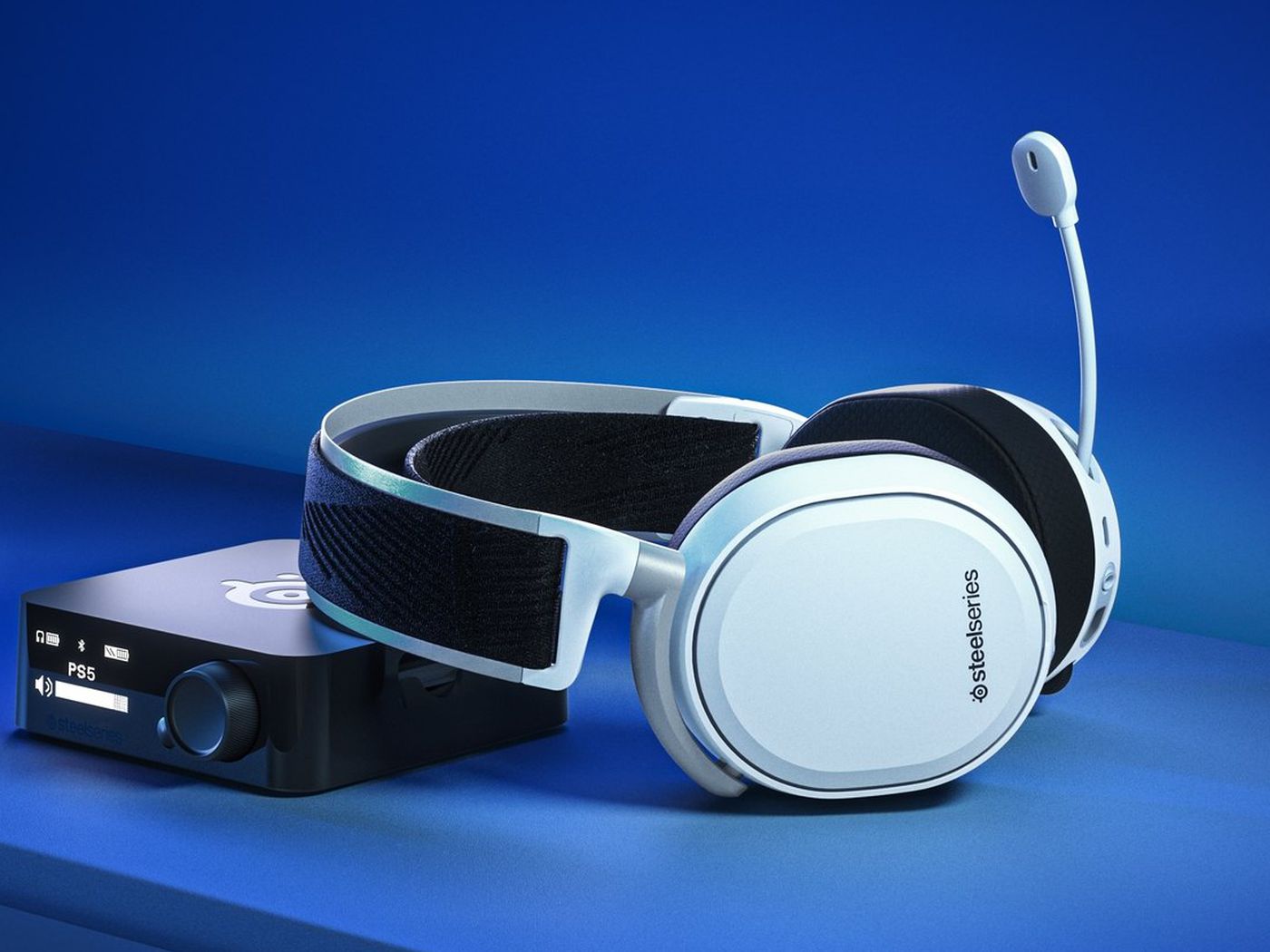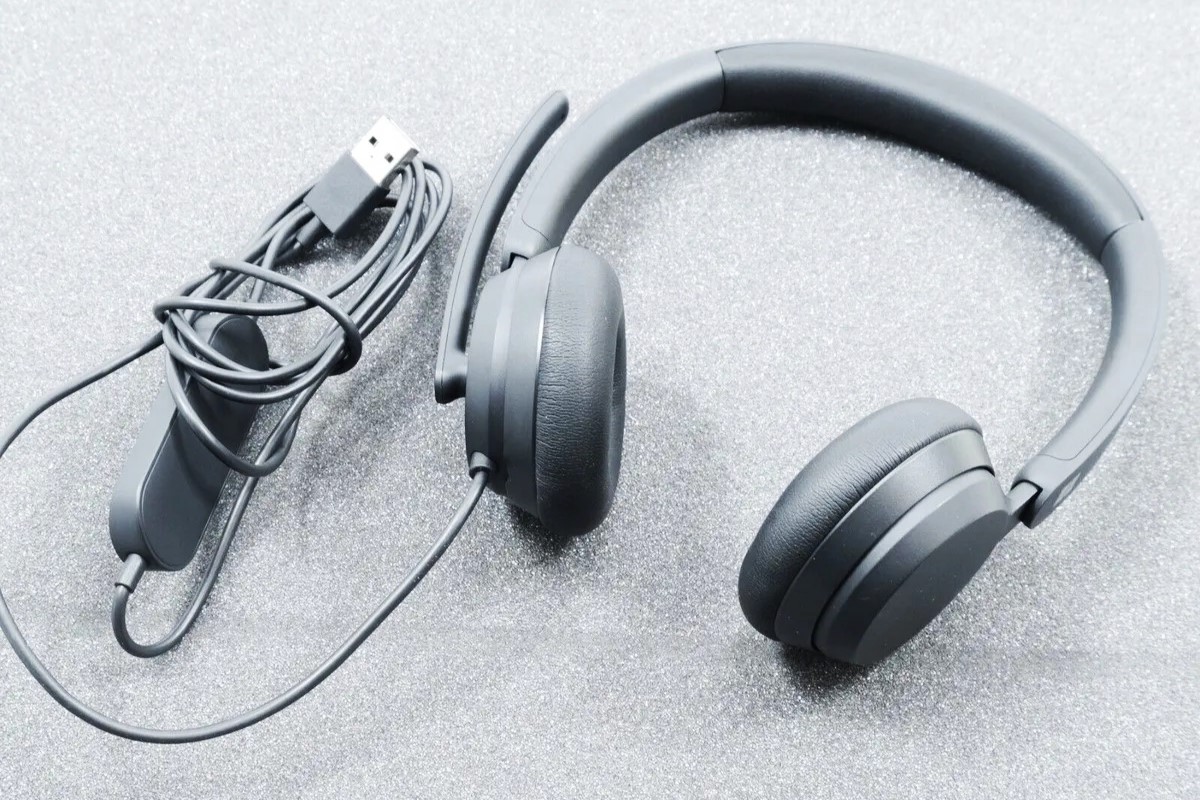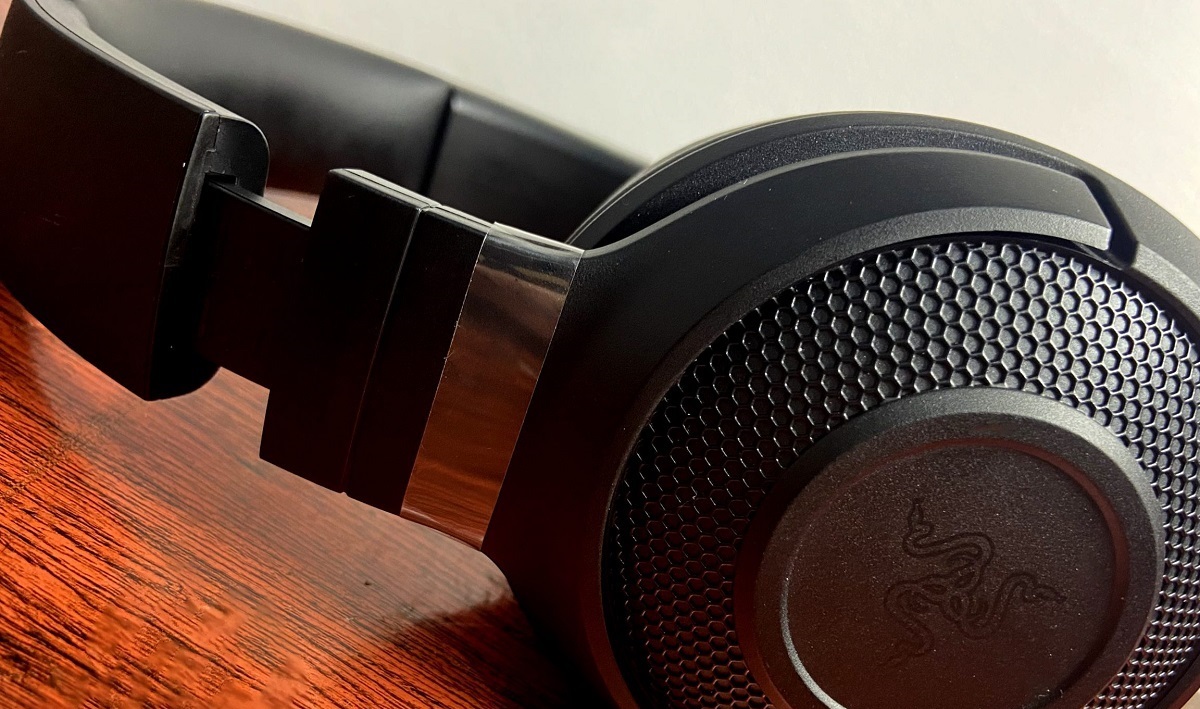Introduction
Rig headsets are popular choices for gamers, professionals, and everyday users seeking immersive audio experiences and reliable communication. The integrated microphones in Rig headsets are essential for clear voice transmission, making them invaluable for gaming, virtual meetings, and voice calls. However, users may encounter frustrating issues with the headset microphone, such as muffled audio, connection problems, or outright failure. These issues can disrupt the user experience and hinder effective communication.
Understanding and addressing these common microphone problems is crucial for maximizing the utility of Rig headsets. By delving into the troubleshooting and solutions for these issues, users can regain seamless communication and fully enjoy the audio capabilities of their headsets. In this comprehensive guide, we will explore the common issues encountered with Rig headset microphones, provide step-by-step troubleshooting methods, and offer practical fixes to restore optimal microphone functionality.
Whether you're a dedicated gamer striving for crystal-clear voice chat during intense battles, a professional relying on seamless communication in virtual meetings, or an everyday user seeking clear audio for calls and voice commands, the functionality of your Rig headset microphone is paramount. By addressing the challenges associated with headset microphones, you can elevate your overall audio experience and ensure that your Rig headset performs at its best.
Now, let's delve into the specific issues that users commonly face with Rig headset microphones and equip ourselves with the knowledge and solutions needed to overcome these challenges.
Common Issues with Rig Headset Mic
Users of Rig headsets may encounter various frustrating issues with the headset microphone, impacting the overall audio experience and communication capabilities. Understanding these common problems is essential for effectively troubleshooting and resolving them. Here are the prevalent issues that users often face:
-
Muffled or Distorted Audio: One of the most prevalent issues with Rig headset microphones is the occurrence of muffled or distorted audio during voice transmission. This can manifest as unclear or garbled speech, making it challenging for users to communicate effectively. The issue may stem from hardware malfunctions, software settings, or environmental factors.
-
Intermittent Connection Problems: Users may experience intermittent connection problems with the headset microphone, leading to frequent disruptions in voice transmission. This can result in moments of silence during conversations or gaming sessions, significantly impacting the user experience. Connection issues may arise from faulty cables, loose connections, or compatibility issues with the audio input/output ports on devices.
-
Unresponsive Microphone: In some cases, the Rig headset microphone may become unresponsive, failing to pick up the user's voice input. This can be particularly frustrating during crucial moments in gaming or when participating in virtual meetings. The microphone may appear to be functional, but it fails to capture and transmit the user's voice, hindering effective communication.
-
Background Noise and Feedback: Rig headset microphones may pick up excessive background noise or produce feedback, leading to a distracting and subpar audio experience. This issue can be disruptive during voice calls, gaming, or virtual meetings, as it detracts from the clarity and quality of the user's voice transmission.
Understanding these common issues with Rig headset microphones is the first step toward effectively troubleshooting and implementing practical solutions to restore optimal microphone functionality. By addressing these challenges, users can enhance their overall audio experience and ensure seamless communication during various activities.
Next, we will explore detailed troubleshooting steps and practical fixes to overcome these common issues, empowering users to maximize the performance of their Rig headset microphones.
Troubleshooting Steps
When encountering issues with your Rig headset microphone, it's essential to follow structured troubleshooting steps to identify and address the root causes of the problems. By systematically approaching the troubleshooting process, users can effectively pinpoint the source of the issues and implement targeted solutions. Here are the essential troubleshooting steps to guide you through resolving common microphone problems:
-
Check Physical Connections: Begin by inspecting the physical connections of your Rig headset. Ensure that the microphone boom is securely attached to the headset, and the audio cable is properly plugged into the audio input/output port of your device. Additionally, examine the integrity of the cable for any signs of damage or wear that may affect connectivity.
-
Test on Multiple Devices: To isolate potential device-specific issues, test your Rig headset microphone on multiple compatible devices. This can include PCs, gaming consoles, smartphones, or other audio-enabled devices. By testing on different platforms, you can determine if the microphone issues are consistent across devices or limited to a specific system.
-
Update Audio Drivers: Verify that the audio drivers on your computer or gaming console are up to date. Outdated or incompatible drivers can lead to microphone malfunctions and erratic behavior. Visit the official website of the device manufacturer or Rig headset to download and install the latest audio drivers for optimal compatibility and performance.
-
Inspect Microphone Settings: Access the audio settings on your device and review the microphone input settings. Ensure that the microphone volume levels are appropriately configured and not set too low, which can result in muffled or indistinct audio. Adjust the microphone sensitivity and input levels based on the specific software and operating system settings.
-
Environmental Factors: Consider the environmental conditions during microphone usage. Minimize background noise and potential sources of interference, such as fans, air conditioning units, or other electronic devices. Creating a quieter and controlled audio environment can significantly improve the clarity and performance of the microphone.
-
Reset and Reconnect: If the microphone issues persist, perform a reset of the headset and reconnect it to the device. This can help reset any potential software glitches or temporary malfunctions. Follow the manufacturer's guidelines for resetting the headset and ensure a secure reconnection to the audio port.
By following these structured troubleshooting steps, users can systematically address common issues with Rig headset microphones and work towards restoring optimal functionality. These steps provide a clear framework for identifying and resolving microphone problems, empowering users to enjoy clear and reliable communication during gaming, virtual meetings, and everyday use.
Fixing the Connection Issue
Addressing connection issues is crucial for ensuring seamless communication and reliable microphone functionality with Rig headsets. When users encounter intermittent or persistent connection problems, it can disrupt voice transmission and hinder the overall audio experience. By implementing targeted fixes, users can overcome these challenges and restore the stability of the headset microphone connection.
Inspect Cable Integrity
Begin by carefully examining the audio cable connected to the Rig headset. Check for any signs of fraying, kinks, or damage along the length of the cable. Even minor wear and tear can compromise the integrity of the connection, leading to intermittent audio disruptions. If any damage is detected, consider replacing the audio cable with a new, high-quality alternative to ensure a reliable connection.
Secure Connection Ports
Ensure that the audio input/output ports on your computer, gaming console, or other devices are free from debris and obstruction. Dust or debris in the ports can interfere with the connection, leading to erratic microphone behavior. Use compressed air or gentle cleaning tools to clear any obstructions from the ports, allowing for a secure and stable connection with the Rig headset.
Verify Compatibility and Adapters
For users employing Rig headsets with multiple devices or gaming consoles, it's essential to verify compatibility and utilize appropriate adapters if necessary. Some devices may require specific adapters or audio interfaces to ensure seamless connectivity with the headset microphone. Confirm that the adapters are securely attached and functioning correctly, enabling a stable connection without signal interference or compatibility issues.
Test Alternate Ports and Devices
If persistent connection issues are encountered, test the Rig headset on alternate audio input/output ports of your device. This can help identify potential port-specific issues and determine if the problem is localized to a specific port. Additionally, testing the headset on different devices can provide valuable insights into the overall compatibility and performance of the Rig headset microphone across various platforms.
Consider a USB Audio Adapter
In cases where traditional audio ports present persistent connection challenges, consider utilizing a USB audio adapter compatible with the Rig headset. USB audio adapters provide an alternative connectivity option, bypassing potential issues associated with standard audio ports. This can offer a reliable and stable connection for the headset microphone, particularly when traditional ports exhibit erratic behavior.
By addressing the connection issue through these practical fixes, users can effectively overcome disruptions in voice transmission and ensure consistent microphone functionality with Rig headsets. Implementing these solutions empowers users to enjoy uninterrupted communication and immersive audio experiences across diverse activities and platforms.
Adjusting the Mic Settings
Fine-tuning the microphone settings is a pivotal step in optimizing the performance of Rig headsets, ensuring clear and accurate voice transmission across various activities. By adjusting the mic settings, users can address issues related to audio clarity, sensitivity, and background noise, ultimately enhancing the overall communication experience.
Microphone Sensitivity and Volume Levels
Accessing the microphone settings on the device or software interface allows users to adjust the sensitivity and volume levels of the Rig headset microphone. Increasing the microphone sensitivity can amplify the capture of subtle vocal nuances, resulting in clearer voice transmission. However, it's crucial to strike a balance to prevent excessive sensitivity, which may lead to background noise pickup and feedback.
Conversely, adjusting the microphone volume levels directly impacts the intensity of the transmitted audio. Users can fine-tune the volume to ensure that their voice is projected clearly without overpowering or distorting the audio input. By finding the optimal balance between sensitivity and volume, users can tailor the microphone settings to suit their specific communication needs, whether it's for gaming, virtual meetings, or voice calls.
Noise Cancellation and Ambient Sound Control
Many Rig headsets feature advanced noise cancellation and ambient sound control features, allowing users to minimize background noise and focus on clear voice transmission. Within the mic settings, users can activate noise cancellation algorithms that filter out ambient sounds, such as keyboard typing, mouse clicks, or environmental noise. This enhances the clarity of the user's voice while minimizing distractions during communication.
Additionally, ambient sound control settings enable users to adjust the microphone's response to external noise, ensuring that only the intended voice input is captured. By fine-tuning these settings, users can create a more controlled audio environment, free from disruptive background noise that may detract from the overall communication experience.
Equalization and Audio Enhancement
Some Rig headsets offer equalization and audio enhancement options within the mic settings, allowing users to customize the tonal characteristics and audio profile of their voice transmission. By adjusting the equalization settings, users can tailor the frequency response of the microphone to accentuate specific vocal attributes, resulting in a more personalized and impactful communication experience.
Furthermore, audio enhancement features enable users to refine the overall audio output, enhancing the clarity and intelligibility of their voice. These settings may include dynamic range compression, voice equalization presets, and audio processing algorithms designed to optimize the microphone's performance in diverse communication scenarios.
By delving into the mic settings and leveraging these adjustment options, users can fine-tune the microphone's behavior to align with their specific preferences and communication requirements. This proactive approach empowers users to maximize the potential of their Rig headsets, ensuring that the microphone settings are finely calibrated to deliver exceptional voice transmission across various applications and environments.
Replacing the Mic Boom
When troubleshooting persistent microphone issues with Rig headsets, users may encounter situations where the microphone boom itself is the source of the problem. The mic boom, which houses the microphone element, plays a critical role in capturing and transmitting the user's voice. If the mic boom is damaged, malfunctioning, or unable to maintain a stable connection, replacing it can be a practical and effective solution to restore optimal microphone functionality.
Assessing Mic Boom Integrity
Before proceeding with the replacement, it's essential to assess the integrity of the mic boom. Inspect the physical condition of the boom, checking for any visible damage, such as bends, cracks, or loose components. Additionally, ensure that the connection points between the mic boom and the headset are secure and free from debris or corrosion that may impede proper functionality.
Identifying Replacement Options
Rig headsets often offer the flexibility of interchangeable components, including the mic boom. Users can explore official replacement mic booms provided by the headset manufacturer, ensuring compatibility and seamless integration with their specific headset model. It's crucial to verify the compatibility of the replacement mic boom with the existing headset to guarantee a proper fit and functionality.
Replacement Procedure
-
Obtain the Replacement Mic Boom: Acquire the designated replacement mic boom from the manufacturer or authorized retailers, ensuring that it matches the model and specifications of the original mic boom.
-
Detaching the Existing Mic Boom: Carefully detach the existing mic boom from the headset, following the manufacturer's guidelines for disassembly. This may involve unscrewing or unlatching the boom from its mounting points on the headset.
-
Connecting the Replacement Mic Boom: Align the replacement mic boom with the corresponding mounting points on the headset and securely attach it according to the provided instructions. Ensure that the connection is stable and free from any obstructions that may affect the microphone's performance.
-
Testing the Replacement: Once the replacement mic boom is installed, conduct thorough testing to verify its functionality. Test the microphone across various applications and communication scenarios to ensure that the replacement has effectively resolved the previous issues.
Benefits of Replacement
Replacing the mic boom offers several benefits, including the restoration of clear voice transmission, improved microphone stability, and the elimination of potential hardware-related issues. By opting for a replacement, users can rejuvenate their Rig headset's microphone functionality, ensuring reliable performance during gaming, virtual meetings, and everyday communication.
By considering the replacement of the mic boom as a viable solution, users can address persistent microphone issues and revitalize the overall audio experience provided by their Rig headsets. This proactive approach empowers users to maintain optimal microphone functionality, enhancing their ability to communicate effectively across diverse activities and platforms.
Conclusion
In conclusion, addressing common microphone issues with Rig headsets requires a proactive and systematic approach to troubleshooting and implementing practical fixes. By understanding the prevalent issues, such as muffled audio, connection problems, unresponsiveness, and background noise, users can navigate the troubleshooting process with clarity and confidence.
Through structured troubleshooting steps, users can meticulously inspect physical connections, test the headset on multiple devices, update audio drivers, adjust microphone settings, consider environmental factors, and perform resets to identify and resolve the root causes of microphone issues. These steps provide a clear framework for addressing challenges and restoring optimal functionality to Rig headset microphones.
Furthermore, targeted fixes for connection issues, such as inspecting cable integrity, securing connection ports, verifying compatibility, testing alternate ports and devices, and considering USB audio adapters, empower users to overcome disruptions in voice transmission and ensure consistent microphone functionality.
Adjusting the microphone settings, including sensitivity, volume levels, noise cancellation, ambient sound control, equalization, and audio enhancement, allows users to tailor the microphone behavior to suit their specific communication needs, enhancing the overall audio experience.
In cases where the mic boom itself is the source of the problem, replacing it with a compatible and functional alternative can rejuvenate the microphone functionality, offering clear voice transmission and improved stability.
By equipping themselves with the knowledge and solutions presented in this comprehensive guide, users can effectively troubleshoot and address common microphone issues with Rig headsets, ensuring a seamless and enjoyable audio experience across gaming, virtual meetings, and everyday communication.
Ultimately, the proactive approach to troubleshooting and implementing practical fixes empowers users to maximize the potential of their Rig headsets, ensuring that the microphone functionality remains reliable and consistent, enhancing their ability to communicate effectively in diverse scenarios.







